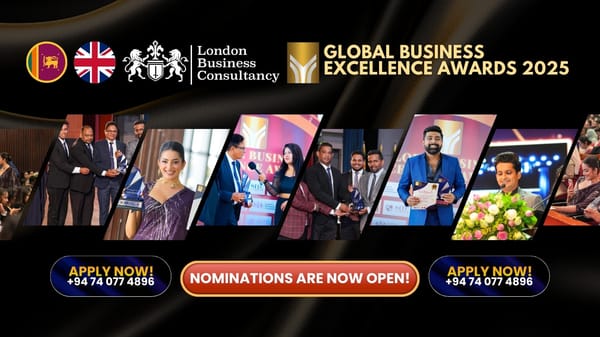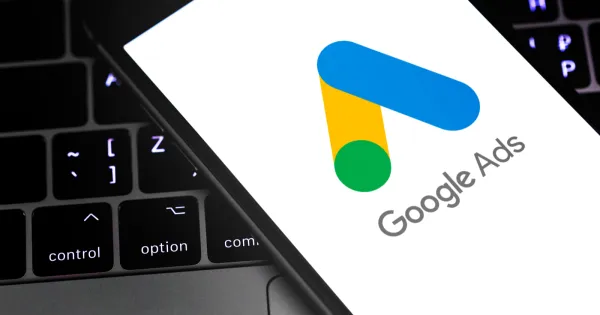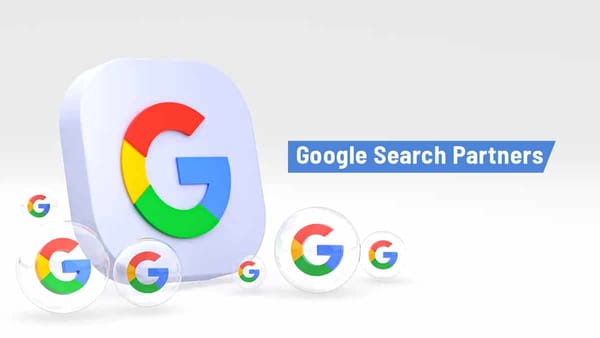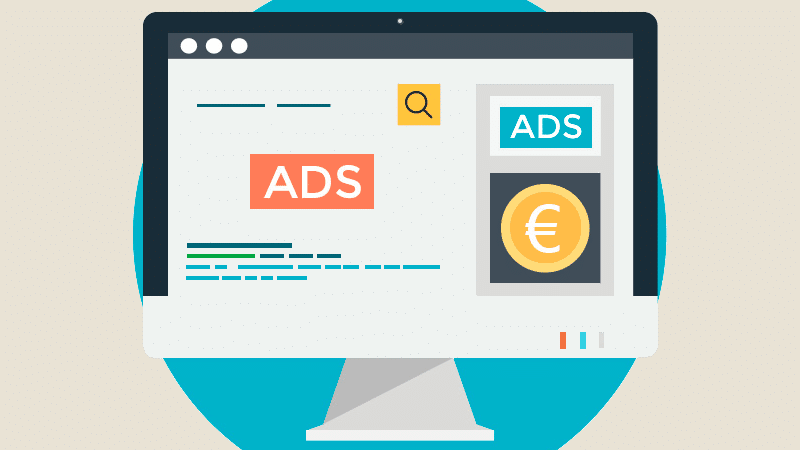Successful Social Media Campaigns and Why They Worked

Introduction
Social media campaigns have become one of the most powerful tools for businesses to connect with their audience, drive engagement, and achieve marketing objectives. These campaigns come in various shapes and sizes, each with its own unique strategy. Understanding successful campaigns can help businesses tailor their own approach to achieve similar results.
In this article, we explore a variety of real-world social media campaigns that gained massive traction and broke through the noise. We’ll look at why these campaigns worked and how businesses can replicate their success.
The Ice Bucket Challenge (ALS Association)
One of the most iconic and viral social media campaigns, the Ice Bucket Challenge took the world by storm in 2014. This campaign encouraged people to dump ice water over their heads and challenge others to do the same, all while raising awareness for amyotrophic lateral sclerosis (ALS).
Why It Worked:
The Ice Bucket Challenge combined fun, creativity, and a clear call to action. By engaging influencers and celebrities, the campaign spread rapidly across social media, generating millions of dollars in donations for ALS research.
Nike’s “Just Do It” Campaign
Nike’s “Just Do It” slogan has been a hallmark of the brand for years, but the social media adaptation of this campaign took it to new heights. By partnering with athletes and creating motivational content, Nike continued to empower people worldwide.
Why It Worked:
The campaign connected emotionally with audiences by highlighting perseverance and self-improvement. Nike's powerful storytelling and influencer partnerships helped amplify the message, making it resonate across various social media platforms.
Dove’s “Real Beauty” Campaign
Dove’s “Real Beauty” campaign is often cited as a pioneering campaign in promoting body positivity. The campaign featured women of all shapes, sizes, and ages to challenge traditional beauty standards.
Why It Worked:
Dove’s campaign was successful because it focused on authenticity and inclusivity. It sparked a conversation about beauty norms, connecting deeply with consumers who felt underrepresented in mainstream media. The campaign generated massive engagement and positioned Dove as a brand that values real beauty over superficial standards.
Coca-Cola’s “Share a Coke” Campaign
Coca-Cola’s “Share a Coke” campaign was a personalized marketing effort that replaced the brand’s logo with popular names on bottles. This campaign encouraged people to share a Coke with their friends, family, and even strangers, making the experience more personal.
Why It Worked:
Personalization is a powerful tactic, and Coca-Cola leveraged it perfectly. By using names, the brand created a sense of connection between the consumer and the product. The campaign encouraged social media users to share photos of their personalized Coke bottles, leading to an explosion of user-generated content and a significant increase in sales.
Spotify’s “Wrapped” Campaign
Every year, Spotify’s “Wrapped” campaign gives users a personalized summary of their most listened-to songs, artists, and genres. The campaign encourages users to share their results on social media, turning a simple feature into a social phenomenon.
Why It Worked:
Spotify tapped into the power of personalization and social sharing. The campaign created a sense of nostalgia and excitement around users’ music tastes, which they were eager to share with their followers. This boosted engagement and generated buzz on social media platforms, positioning Spotify as a fun and interactive brand.
Wendy’s Twitter Roasts
Wendy’s social media strategy, particularly on Twitter, has gained attention for its witty and sometimes savage responses to customer inquiries and rival fast-food chains. The brand’s bold and humorous tone on Twitter quickly gained a massive following.
Why It Worked:
Wendy’s successfully utilized humor and a bold voice to differentiate itself from other fast-food brands. The Twitter roasts made the brand feel more relatable and entertaining, creating a strong community of followers who looked forward to the next witty tweet.
Conclusion
These examples highlight the diversity of social media campaigns and their ability to engage audiences, promote brands, and even drive social change. Whether it’s through personalization, humor, or emotional appeal, each campaign was designed with a clear strategy that resonated with its target audience.
To create successful social media campaigns, businesses must understand their audience, embrace creativity, and remain authentic. By learning from these examples, companies can craft their own campaigns that not only succeed but also leave a lasting impact on their audience.




